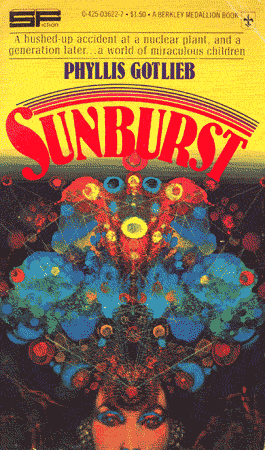http://www.youtube.com/watch?v=1GX_4PgUhYo
“Encore” is a musical composition by Nicolas Jaar.
As usual, one thing leads to another.
This particular Youtube upload (above) features the photo “Dancers Wearing Gas Masks In England On February 1940“.
The photo stems from the Edward George Warris Hulton collection and features girls wearing gas masks and dancing a can-can-like dance.
The sample at the beginning of the song:
- “from the labyrinth beyond time and space, seeks his way out to a clearing”
is from an audio recording of “The Creative Act,” a speech by ‘mere artist” Marcel Duchamp given in 1957.
In view of its non-elitist (although it can also be read as a defence of Duchamp’s own greatness) point of view (considering bad art also as art); its emphasis on reception and audience participation; its view as the artist as a mere medium, I pronounce “The Creative Act” to be a nobrow manifesto of sorts.
“Encore” by my poulain Nicolas Jaar is World Music Classic #699.

![Roland Topor’s magnificent design for the film poster[1] of In the Realm of the Senses.See prev. post.](http://www.tumblr.com/photo/1280/jahsonic/1192329783/1/tumblr_l9d59dGjyx1qz4yqi)





